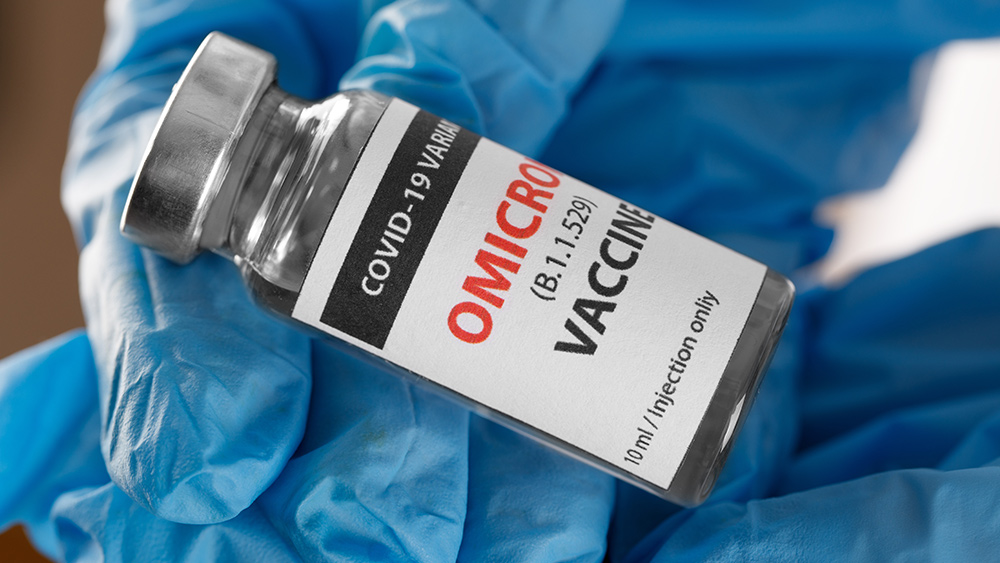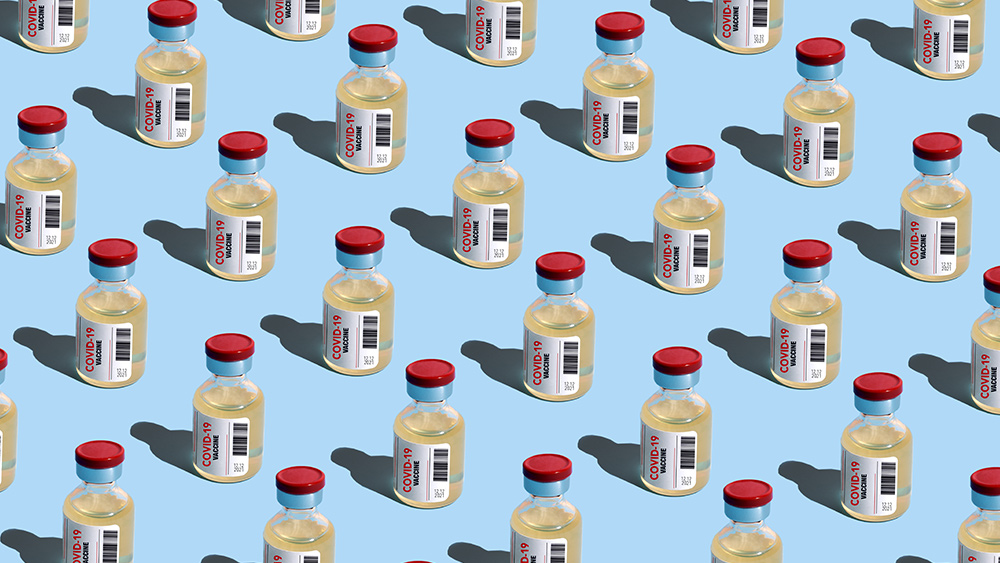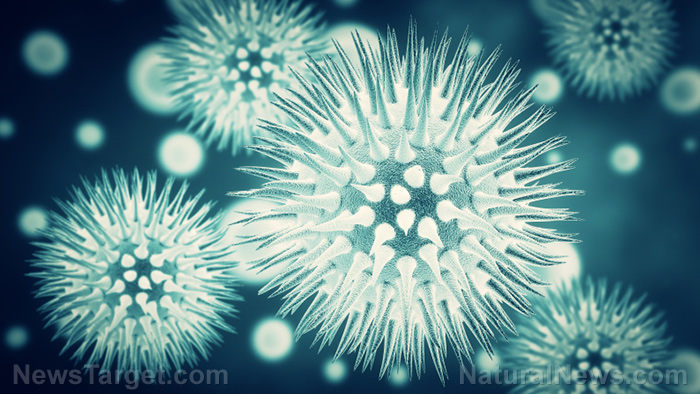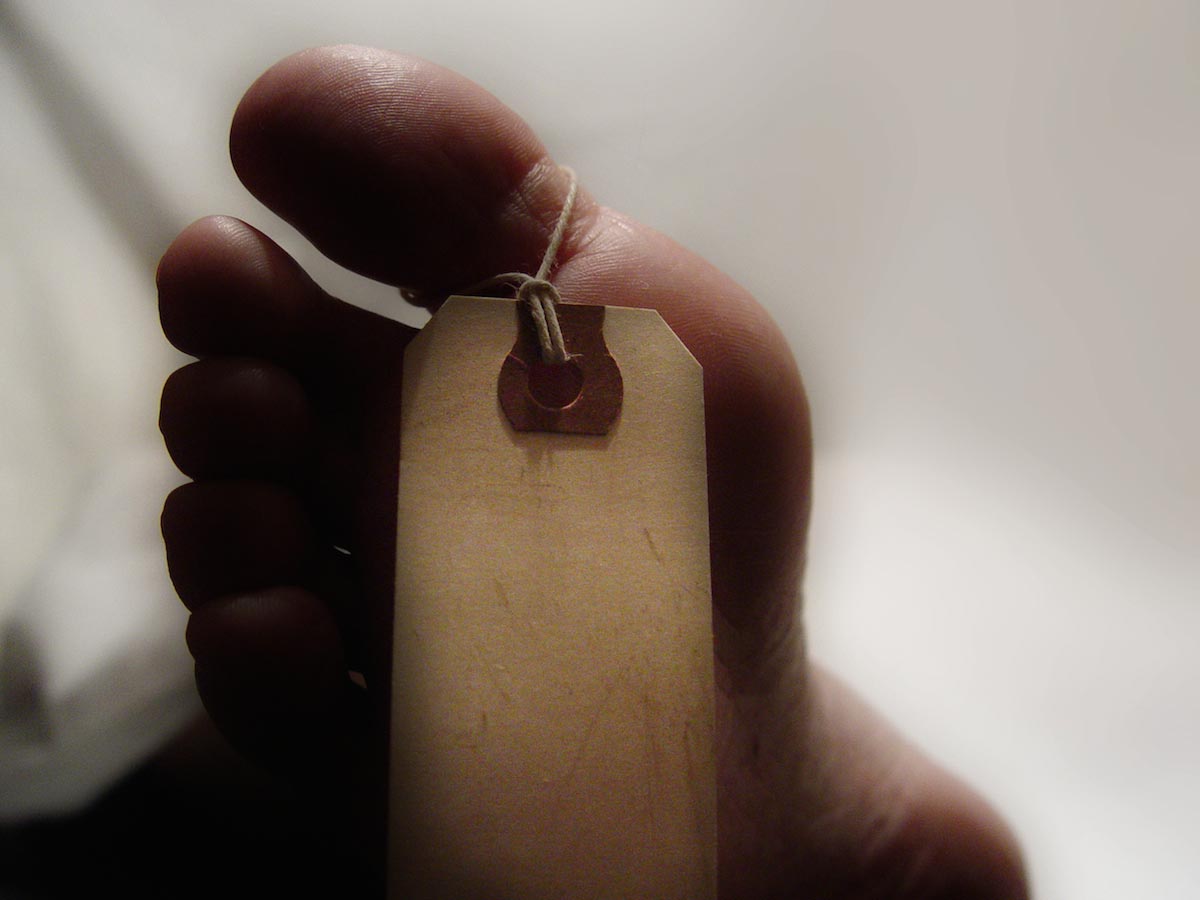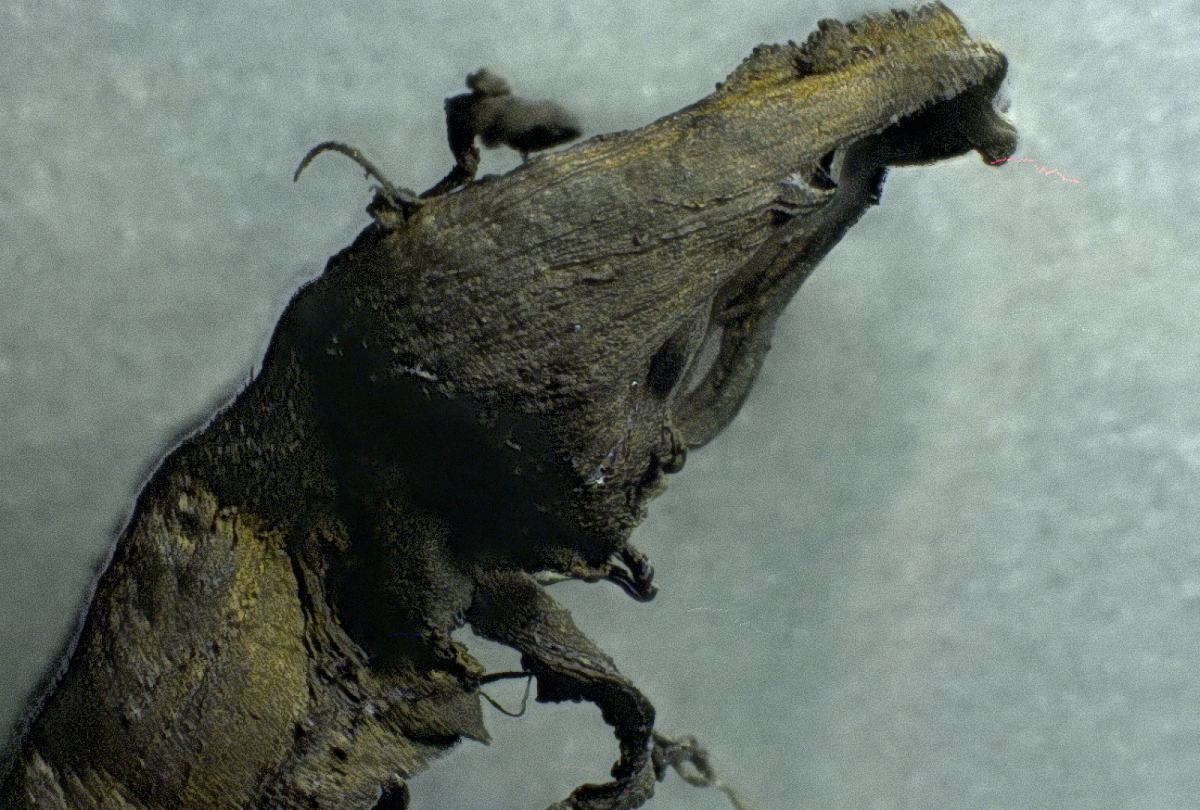Scientists develop white paint that keeps surfaces up to 18 degrees cooler
11/02/2020 / By Virgilio Marin
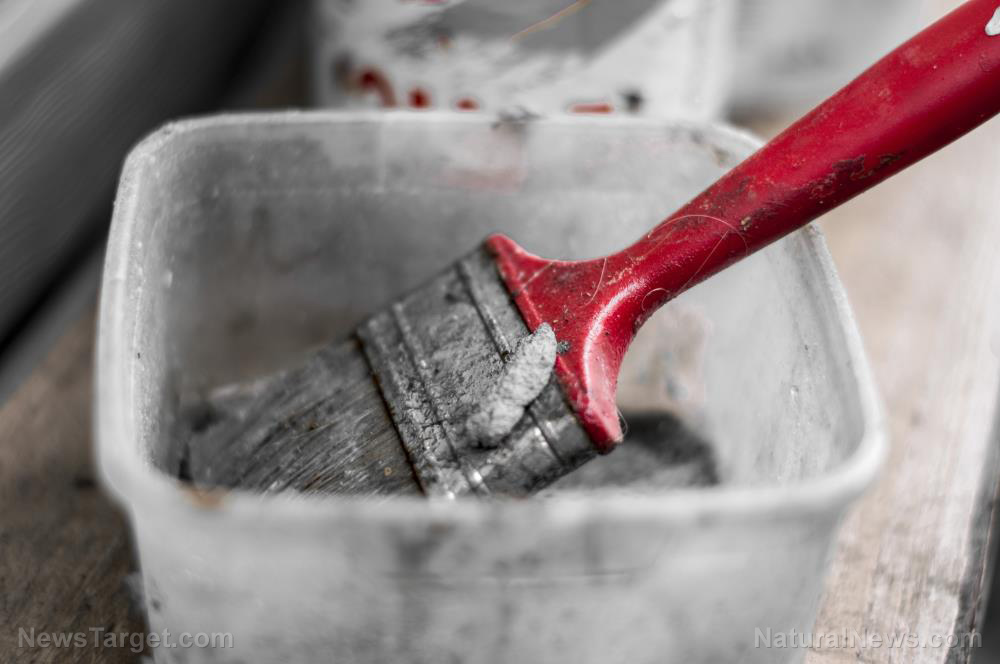
Researchers from the U.S. and China have developed a white paint that could keep surfaces up to 18 degrees cooler than the surrounding temperatures.
In a study published in the journal Cell Reports Physical Science, the researchers said that the cooling paint absorbs almost no amount of solar energy and is better than similar products at reflecting sunlight. The paint, said the researchers, could be used to keep buildings cool and decrease the need for air conditioning.
Highly reflective paint keeps surfaces cooler
To develop the acrylic’s formulation, the researchers tested different formulations for several different materials. They found that the best formulation was one made of calcium carbonate, a chemical compound commonly found in rocks and seashells.
The researchers used calcium carbonate as fillers, substances used to thicken paint. With the compound as fillers, the new acrylic is essentially the same as commercial white paint save for its enhanced cooling properties. According to the researchers, the calcium carbonate fillers absorbed almost no ultraviolet rays due to the wide “band gap” in the compound’s atomic structure. Substances with a large band gap are excellent insulators of heat.
When examined using an infrared camera, the new paint remained 18 degrees cooler than the surrounding temperatures at night and at least 3 degrees cooler than the temperatures at noon. The acrylic, according to the researchers, reflected 95.5 percent of the sunlight that hit it. It performed better than commercial “heat-rejecting paints,” which reflected only 80 to 90 percent of the sunlight and were unable to maintain temperatures lower than its surroundings.
“These readings confirmed that our paint has a lower temperature than both its surroundings and the commercial counterpart,” said co-author Xiulin Ruan, a professor at the School of Mechanical Engineering at Purdue University.
A cost-effective, eco-friendly alternative
The researchers said that their white paint was cheaper to produce than commercial paints. It could also save consumers about a dollar a day, which otherwise would have been spent on air conditioning for a one-story house.
“Our paint is compatible with the manufacturing process of commercial paint, and the cost may be comparable or even lower,” said Ruan.
What’s more, the paint didn’t just send heat away from a surface. When the heat bounced off a painted surface, it could travel at the speed of light and get dumped back to deep space and out of Earth’s atmosphere.
“We’re just dumping it all out into the universe, which is an infinite heat sink,” said co-author Xiangyu Li of the Massachusetts Institute of Technology. Li worked on the study as a doctoral student in Ruan’s laboratory.
The Earth’s surface might actually get cooler if the paint were applied to roads, rooftops and cars all over the world, the researchers said. According to Ruan, the key was to ensure that the paint is viable for long-term outdoor use. His team plans to refine the product by testing its resistance to water, dust, detergent and other substances and properly investigate its benefits. (Related: Innovative cooling system can absorb indoor heat and “shoot” it into outer space.)
In 2019, engineers from the Massachusetts Institute of Technology developed what they described as the blackest black in the world. The creators said that the coating is 10 times darker than any other material, including Vantablack, which is known as one of the darkest shades of black. Vantablack can absorb 99.96 percent of visible light, whereas the MIT team’s coating absorbs 99.995 percent of visible light.
The coating has potential applications in astronautical engineering. Instruments used for studying the cosmos, such as space telescopes and cameras, benefit from coatings that absorb unwanted glare.
“Would you like to see an Earth orbiting another star? We need something very black,” said astrophysicist John Mather, who wasn’t part of the team.
Inventions.news has more on innovations that improve life.
Sources include:
Submit a correction >>
Tagged Under:
air conditioning, breakthrough, calcium carbonate, cool science, cooling paint, discoveries, eco-friendly paint, future science, heat-rejecting paints, innovations, inventions, materials science, Vantablack
This article may contain statements that reflect the opinion of the author

